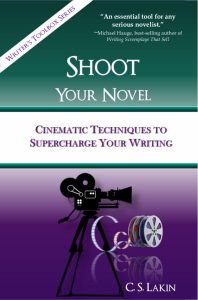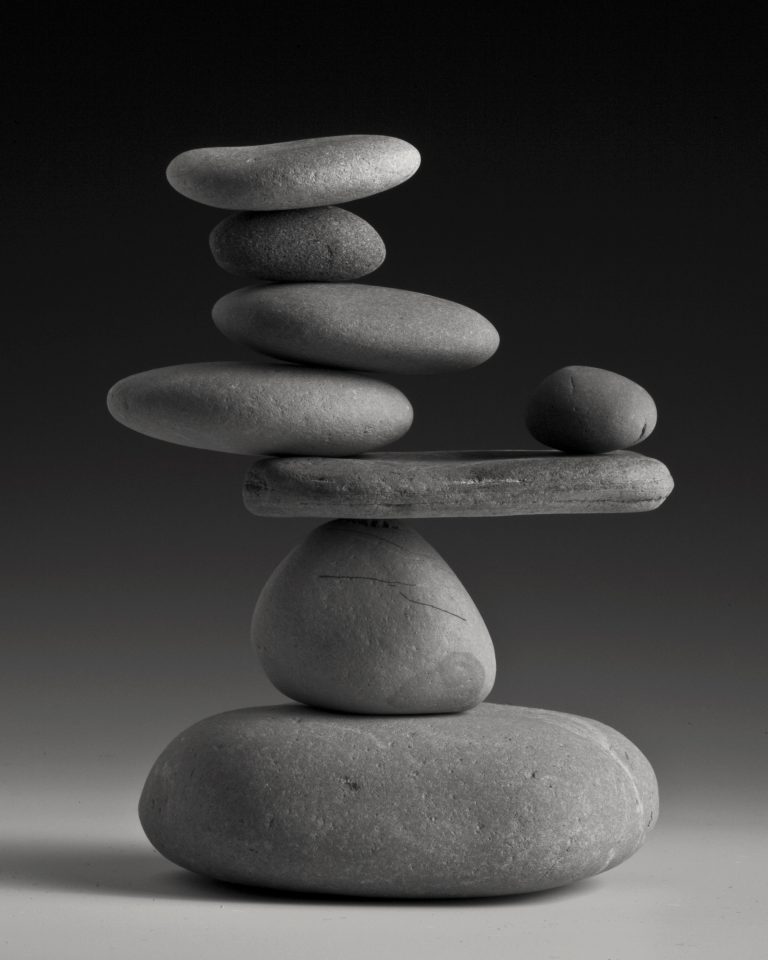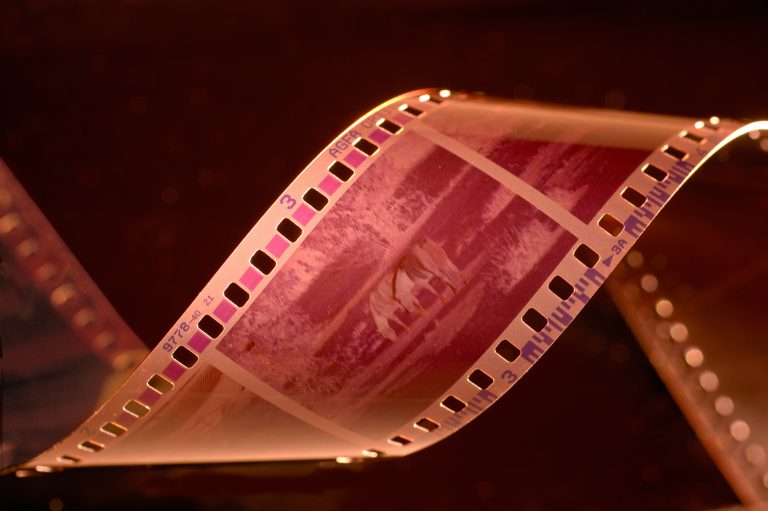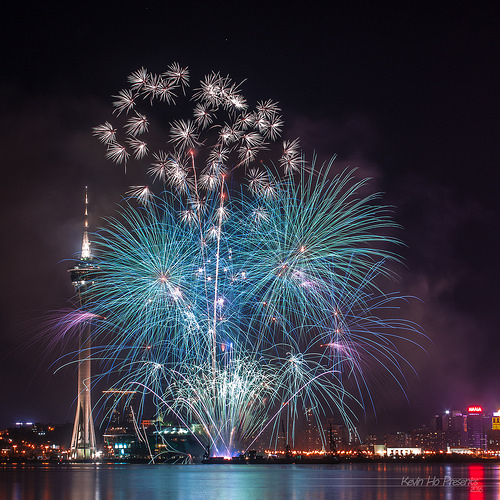Show, Don’t Tell, by Scene Segmenting
Writing fiction these days is all about “show, don’t tell.” But, as I often say, that admonition is vague. Yes, we want to “show” our scenes playing out as if on a movie screen.
But what are the mechanics to “showing”? It’s all tied in with being deep in a character’s point of view moment by moment.
Imagine you have a camera in your head that is taking in everything around you. As you turn your head, you notice different things. When you talk to someone, you see their expressions and body language. And you react. And process. Then react again.
Showing is basically just following your character as he moves through the scene action, acting and responding. But if you don’t have a clear reason or purpose for every minute action and response, your scene can lose power and focus.
Have a Clear Vision
Novelists, just like filmmakers, need to truly understand the story they are trying to tell and what impact or take-home feeling or message they want to leave with their readers. Just coming up with a neat idea for a novel is only the first step, and is no guarantee they will have a terrific book.
Filmmaker Gustav Mercado says, “If you want to become an effective storyteller, one of the most important things you can do is to have a clear vision of your story, so that it reflects your unique take on it, not somebody else’s. . . . Anything and everything that is included in the composition of a shot will be interpreted by an audience as being there for a specific purpose that is directly related and necessary to understand the story they are watching [or reading, in the case of a novel].”
Writers, as well as filmmakers, need to first identify the core ideas of their story in order to create what’s called an image system. Once that is determined, they can design a system that supports and brings out that core idea in either obvious or subtle ways consistently implemented throughout the book.
Breaking your scene up into segments utilizing specific “camera shots” is the most strategic and intuitive way to lay out your scene to effectively show, not tell, the action. You can search the many posts on this blog on cinematic technique and camera shots (or get Shoot Your Novel–see below) to learn how to use this powerful filmmaking technique.
Dig Deep
So before you choose which “shot” you will use for a particular segment of your scene, ask these questions:
- What are the main elements (or one main element) that should dominate the scene and be brought to the reader’s attention?
- What should and shouldn’t be included in the shot?
- What meaning will be conveyed by the shot subconsciously?
Of course, this is all in relation to that high moment you are striving for. And overlaying all this is your main theme or core idea. You’ve perhaps been told you should be able to sum up your premise in a sentence or two (elevator pitch). In that premise lies your core idea for your book. You may have gotten a germ of an idea for your novel, and from that you developed characters with issues and goals, and you came up with settings and scene ideas to play out your story line.
But overlaying all that is your core idea. And that’s where the decisions about scene compositions come in.
In Just a Few Words
See if you can encapsulate the main theme or idea of your story in one line or a few words.
For example, the core idea behind the movie Rocky might be about gaining self-respect. That’s a simple summation. But if you can come up with a basic thematic concept, you can gear all your shots and special effects to bring out that theme. All the angles used; the colors, shapes, and sounds layered; and the special effects (tweaked time, distorted lenses, etc.) can all be selected to enhance that theme.
Using visual motifs and symbols repeatedly through a novel press home the themes in a powerful way. Many novelists do this already, but understanding some of the cinematic secrets filmmakers use will give the writer a few more useful tools in that writers’ toolbox.
Mercado claims that “every shot counts, no matter how inconsequential (and no shot should be inconsequential in the first place since it is included in your film, right?)”
Do you consider every segment of every scene in your novel important? Is it worth it to you to design each scene so that it nurtures your themes? Do you feel every word counts and should count?
If you approach the art of novel writing in a manner similar to a filmmaker like Mercado, you will take the time to set up your shots and effects such that they will supercharge the story you are trying to tell.
Going beyond the Camera Shot
Filmmakers use a term called “image systems.” Novelists can learn much from this.
Image systems include repeating shot compositions—for example, a movie might use a certain shape or image in a landscape and repeat it throughout the film. An image system often uses specific colors—some which may not be easy at first to notice, and that work on a subliminal level in some way.
Great novelists know the power of motif and symbolism, often using something like a repeated word or phrase, or an object of importance to the character, to bring a richness to the story and to enhance the theme of their novel. In effect, they are creating something similar to an image system.
By taking a look at some of the ways filmmakers develop image systems for their films, novelists can learn much and expand their technique. So next week we will explore this topic in more depth.
Think about your novel’s themes and jot down a list of words that come to mind. State the core idea for your novel, then think about elements that might work in an image system for it. Are there certain colors that feel right? Certain objects or a particular landscape that might hold meaning or symbolism?
Start playing with some ideas and see what you come up with. This can be done at the plotting stage or even after your novel is complete.
Featured Photo by Taylor Cole on Unsplash
Want to learn more about using cinematic technique in your story?
Learn the best technique to “show, don’t tell” from my 2-hour master class in cinematic scene storyboarding (recorded April 30, 2025)!  Are you a fiction writer or penning creative nonfiction? Then treat yourself to a 2-hour intensive master class titled “Scene by Segment” that will change forever (for the good!) the way you approach plotting and writing your fiction scenes. In this master class, a number of writers participated in sharing their process of taking a basic scene summary and breaking it into segments that focus on specific camera shots. As we go through a variety of scenes, you’ll see exactly how to do this with your own manuscripts. Here are the exciting things you will learn from this intuitive, creative method:
Are you a fiction writer or penning creative nonfiction? Then treat yourself to a 2-hour intensive master class titled “Scene by Segment” that will change forever (for the good!) the way you approach plotting and writing your fiction scenes. In this master class, a number of writers participated in sharing their process of taking a basic scene summary and breaking it into segments that focus on specific camera shots. As we go through a variety of scenes, you’ll see exactly how to do this with your own manuscripts. Here are the exciting things you will learn from this intuitive, creative method:
- How to drill down, from the general scene action you have in your head to crafting a powerful visual moment-by-moment experience for your readers
- How segmenting helps you determine exactly which details you need to show through the character’s POV
- How to decide which camera shots you need to drive home key moments in your scene for the strongest emotional impact
- How to work backward, from your last shot, to help you build to your high moment
- Ways to use segmenting to enhance low-energy scenes (such as when characters are internalizing or dialogue-heavy action)
In this 2-hour Zoom recording, you’ll see why strategically segmenting your scenes is the best and most intuitive way to “show, don’t tell”! Use THIS LINK to gain lifetime access to the recording and all the handouts. You’ll get some great new tools for your writers’ toolbox!
 If you want to make your scenes come alive and you’re not sure how to do it, Shoot Your Novel will show you how!
If you want to make your scenes come alive and you’re not sure how to do it, Shoot Your Novel will show you how!
Warren Adler, best-selling author of The War of the Roses and Random Hearts, says this about Shoot Your Novel:
With such an extensive amount of experience in the screenwriting and filmmaking process (since childhood), it comes as no surprise that C. S .Lakin writes with a trustworthy authority and wealth of insight when it comes to the craft of building dynamic scenes within novels. The pace and flow of Shoot Your Novel makes it easy to follow and the various tips and pointers strewn throughout are succinct.
If you have trouble understanding some of the pointers/tips theoretically, the excerpts always make it more clear. Having myself adapted The War of the Roses for both film and stage, I can say that I have actually used quite a few of the techniques Lakin discusses and the one I like the most is the use of portraying “daydreaming” when writing from the POV of a character, effectively blending past, present, and future in one single scene—there is a lot of this going on in The War of the Roses and it is one of the aspects of the story flow that has made the rendering of the character a success. Well worth the read!












One of my favorite authors in Ursula Leguin. I just finished rereading her Earthsea series. Her stories have long narratives with no dialogue. She describes what’s going on and what the characters are doing and feeling. The characters’ inner journeys are as important as the outer events. I’ve often wondered if her style is telling vs. showing. Whatever it is, it works.